RedMagic has been offering its gaming smartphones to the general public for a few years now. The latest, the RedMagic 10 Pro, is due out in late 2024, and now the brand is back, not with an "S" version, which generally lacks new features, but with a new range: the RedMagic 10 Air.
As its name suggests, this phone seeks to replicate the experience, but "lighter." Aesthetically, of course, it's light, with its weight of 205 grams (compared to 229 grams for the main series) and its thinness of 7.85 mm, but also in terms of its price.
Obviously, to achieve this feat, some concessions had to be made, for example, by drawing on last year's Qualcomm catalog to supply its SoC. This is intended to move away from the brand's usual target audience (those for whom the slightest FPS gain in games is important) to try to attract more versatile profiles, while maintaining very good performance.
The characteristics of the RedMagic 10 Air
As a reminder, here is what the RedMagic 10 Air is made of:
| RedMagic 10 Air | |
|---|---|
| Screen | -Size: 6.8 inch AMOLED - Refresh Rate: Up to 120Hz - Touch Sampling Rate: Maximum 2000Hz (Average 960Hz) - Resolution: 2480 x 1116 pixels - Aspect Ratio: 20:9 - Type: AMOLED - Max Brightness: 1600 Nits - Material: Corning® Gorilla® Glass - Color Gamut: 100% DCI-P3 - Color Accuracy △E<1 |
| SoC & GPU | - Snapdragon 8 Gen 3 - CPU Cores: Cortex-X4 - CPU Core Frequency up to 3.3GHz - GPU: Adreno™ - Red Core 3 |
| Memory | - RAM: 12/16 GB LPDDR5X - ROM: 256/512 GB UFS4.0 - No microSD |
| Color | - Twilight Black, Hail White, Flame Orange - Material: Aircraft Aluminum Mid-Frame + Double-Sided Glass |
| Camera | - Rear Camera: Definition: 50MP+50MP Sensor: OV50E40/OV50D40 Pixel size: 1.0μm, 0.64 μm Aperture: 1.88, 2.05 OIS Optical Image Stabilization 7P Lens Anti-glare APL Coating - Front Camera: Sensor: OV16EQ Megapixels: 16 MP, AI Algorithm Enhancement Pixel size: 1.0μm Aperture: 2.0 |
| Audio | - Stereo Speakers |
| Battery | - Battery: 6000 mAh - Fast charging: supports up to 80W |
| Connectivity | - Fingerprint sensor, G-sensor, E-compass, Gyroscope, Proximity sensor, Ambient light sensor, Under-screen light sensor, Infrared sensor - 5G - Dual nano-SIM - Wi-Fi802.11a/b/g/n/ac/ax/be, Wi-Fi 7 - Bluetooth 5.4 - GPS: L1+L2+L5, AGPS support - NFC |
| Software | Android 15 + REDMAGIC OS 10 |
| Size and Weight | - Height: 164.3 mm - Width: 76.6 mm - Thickness: 7.85 mm - Weight: 205 g |
| Introductory price | €499 (12 + 256 GB) €649 (16 + 512 GB) |
| Availability Date | May 7, 2025 |
The RedMagic 10 Air is announced for June 2025 starting at 499 euros (with 12+256 GB). A 16+512 GB version is also planned at 649 euros.
In terms of packaging, RedMagic is keeping the range consistent with the 10 Pro. The box is similar, except that the stylized “X” on the box gives way to the word “AIR”. Inside, in addition to the smartphone, there is a hard plastic shell covering the back and the top and bottom edges of the smartphone, stickers of the brand logo as well as an 80 W charger and a USB-C to USB-C cable.
Design, screen and audio
The flashy look of gaming smartphones is over. Gone are the days of garish colors and light strips (with the exception of the Flare Edition, with its flamboyant hues), we are now in the era of powerful smartphones that know how to blend in with the crowd. To be honest, this RedMagic 10 Air is very reminiscent of older Xperia smartphones with its parallelepiped design. Only its chamfers add a little roundness to this format to make it more pleasant to hold. The rendering is very successful, especially on the back with this matte surface that does not take fingerprints and its lenses that discreetly protrude from the shell, like a Galaxy S25 Ultra.
The comparison with the latter is not insignificant since they both share almost right angles and a simplicity that borders on brutalism. The resemblance does not end there: with its dimensions of 164.3 x 76.6 x 7.85 mm for 205 grams, the feeling in the hand is very close to Samsung's flagship (which measures 162.8 x 77.6 x 8.2 for 218 grams). You might think the difference is small, but compared to the 229 grams of the RedMagic 10 Pro, it's a big step forward and a significant comfort for prolonged use.
However, a few elements add a touch of originality to its style. First, its Magic Key, a customizable red button at the top of the left edge, the only touch of color standing out from the shell. Then, a slight indentation at both ends of the right edge: these are sensitive triggers for games. The gaming spirit is still very present in the rear flash, which is actually a customizable RGB LED.
At the front, we find a beautiful 6.8-inch panel covering 93.7% of the surface. In 2025, the borders could be thinner on a premium phone, but in this price range, they would be almost exceptional. As for its specifications, no surprise, they are the same as on the RedMagic 9 Pro: 2480 x 1116 pixels with a refresh rate of 120 Hz. We can regret that it does not go up to 144 or 165 Hz for a gaming smartphone, but this is one of the compromises to make this 10 Air more accessible.
In terms of brightness, RedMagic announces a peak brightness of 1600 nits. This is below what the best on the market offer (2600 nits on the Galaxy S25 Ultra for example), but it remains in the upper average of the market. The iPhone 16th still tops out at 1200 nits for example. Suffice to say that, with the exception of really dark images that you would like to view in full sun, you should not encounter any problems in everyday life on this front.
The most impressive feature remains the front camera discreetly hidden behind the screen, almost imperceptible even when observing the area closely. Visually, this is a significant advantage, especially on a smartphone designed for games, which cover the entire display surface, unlike videos.
Let's finish this tour with the audio part. It starts with some bad news: unlike the 10 Pro, the RedMagic 10 Air doesn't have a headphone jack. So, we're definitely getting closer to more traditional smartphones, for better or for worse. With its DTS-X Ultra certification and the improvements made by Qualcomm Snapdragon Sound, we can expect good sound, but to really enjoy it, it's better to use headphones (hence the advantage of the headphone jack to avoid latency). The speakers are powerful and have good stereo dynamics, but their size clearly lacks clarity at the ends of the perceptible spectrum: the bass and treble crackle. Nothing too surprising on a smartphone, however.
Android 15, AI, performance and battery life
On the software side, we find Android 15 at the helm, enhanced by the RedMagic OS interface. The brand broadly adopts the codes of Android in its most classic form while enhancing it with numerous features and sometimes well-found stylistic effects. In this sense, the software is somewhere between One UI (Samsung) and MIUI (Xiaomi). However, there are some typos in the French localization, haphazard translations ("home badge screen application icon" for example) or strangely truncated words ("Security and confidentiality-" in the quick settings). This is, however, a clear improvement compared to previous versions.
The phone also comes out of the box with a few pre-installed applications. Apart from the Google classics and 2-3 relevant proprietary apps, you will find Block Blast! (a brick breaker), Booking, Facebook, TikTok, and even MoboReader and MoboReels, a vertical format SVOD service offering very short episodes of shows such as "Did I Sleep with My Boss?!", "My Alpha Gigolo" or "The Awakening of My Vegetative Husband." Great moments in the seventh art.
In 2025, all eyes are on AI (more specifically generative AI), and we obviously find it in the RedMagic 10 Air. The Chinese brand has nevertheless remained cautious and is content to put forward the mention "AI by Google Gemini." This allows it to let Google offer new features, whether within its applications (like the magic eraser available in Google Photos) or via its personal assistant, accessible by a long press on the power button or a swipe from one of the lower corners of the screen. There is a "RedMagic AI+" section in the settings, but there are no features that really revolutionize our uses thanks to AI. The Z-SmartSidebar, although the first option available, doesn't even use artificial intelligence, generative or not.
The entire system is perfectly fluid, without the slightest glitch. It must be said that the Snapdragon 8 Gen 3, although a year old, still runs like clockwork. Paired with LPDDR5x RAM and UFS 4.0 storage, it still performs very well on all benchmarks, surpassing the Galaxy S24 Ultra, equipped with the same chip, on all tests. It obviously doesn't reach the scores of the Snapdragon 8 Elite, but the difference is difficult to perceive with the naked eye in everyday use. Please note, however, that due to its age, this SoC will be kept up to date for a shorter period of time.
Added to this is the Red Core 3, an in-house processor designed to support the Snapdragon 8 Gen 3 by offloading some tasks such as resource management, including display, cooling, battery, audio, and gaming optimizations. All of this can be controlled in the dedicated application, which also allows you to manage the touch triggers on the edge of the phone. These are configurable as desired and are particularly useful in FPS games like Fortnite. It is also possible to save multiple configurations so you can find your controls again for each game without having to reset everything between two game changes.
In-game, even the most demanding titles run smoothly, proving that a previous-generation chip can be enough. In Fortnite, for example, the average framerate at maximum quality runs between 80 and 90 FPS, with occasional drops to around 60 during the most intense action. Suffice it to say, you'll no longer have any excuses for not finishing TOP 1. The same goes for other mobile productions. Whether it's Asphalt Legends, Genshin Impact, Diablo Immortal or Wild Rift, the maximum FPS is reached without the slightest jolt.
Over the long term, the most resource-intensive games tend to heat up the back of the phone. Nothing alarming, however, as the heat output is uniform and not excessive. To ensure good performance and limit throttling, RedMagic has integrated a solidified liquid metal component between the CPU and the vapor chamber. An addition that seems sufficient to allow long gaming sessions without too much loss or limitation of the components.
It is in terms of the battery that the RedMagic 10 Air makes concessions compared to the 10 Pro. From 7050 mAh, we go to 6000 mAh, which allows it to be thinner, while offering a capacity much higher than its rivals (5000 mAh for a Galaxy S25 Ultra for example). In everyday use, this translates into good battery life, as always relative to your uses. For my part, a day generally ended around 35-40% battery life with regular and long use, but not very energy-intensive outside of gaming for my tests.
Photo and video
It is especially on the photo and video that you will have to be less careful with this phone. It is equipped with the same 50 Mpx OV50E sensor as the 10 Pro, supplemented by an ultra-wide angle equipped with an OV50D sensor, also 50 Megapixels.
Let's be honest, photography is not the strong point of the RedMagic 10 Air which focuses primarily on gaming despite its more traditional design. The ultra-wide angle tends to distort shots, especially in the corners, the colorimetry is not uniform from one sensor to another, skin tones are not rendered accurately, dark areas are often grainy, the focus struggles in portrait mode and the overall lacks texture for 9 out of 10 photos. At night, a moving subject will inevitably be blurred and the software processing creates a pale atmosphere.
In short, it is clearly below photo-oriented smartphones, like the Pixel 9a (to name just one in this price range). However, it is not a disaster either. On sufficiently lit scenes, even artificially, it still manages to manage, which should be enough to capture some memories. We wouldn't recommend it as your main camera, but if photography isn't your main criterion, the RM 10 Air is still sufficient to get by.
On the front, however, the selfie sensor could have done with more attention. Hidden under the screen, it struggles to absorb light, which makes it lose sharpness even in the daytime and gives the impression that night shots were generated by poor AI.
A picture is worth a thousand words, here are some photos taken with the RedMagic 10 Air:
Where to buy it?
The RedMagic 10 Air will be released in June from 499 euros (12 + 256 GB) and up to 649 euros (16 + 512 GB).



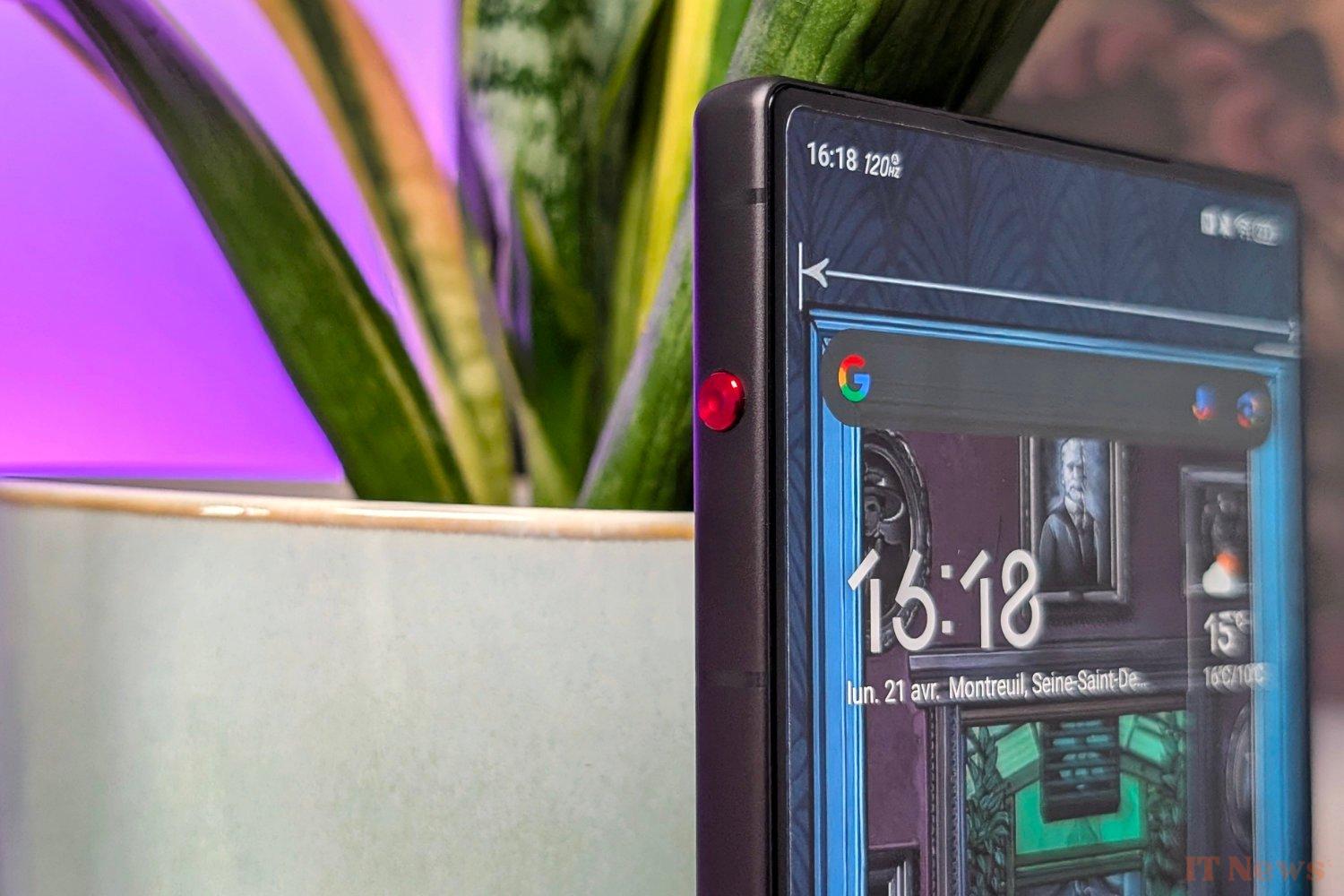
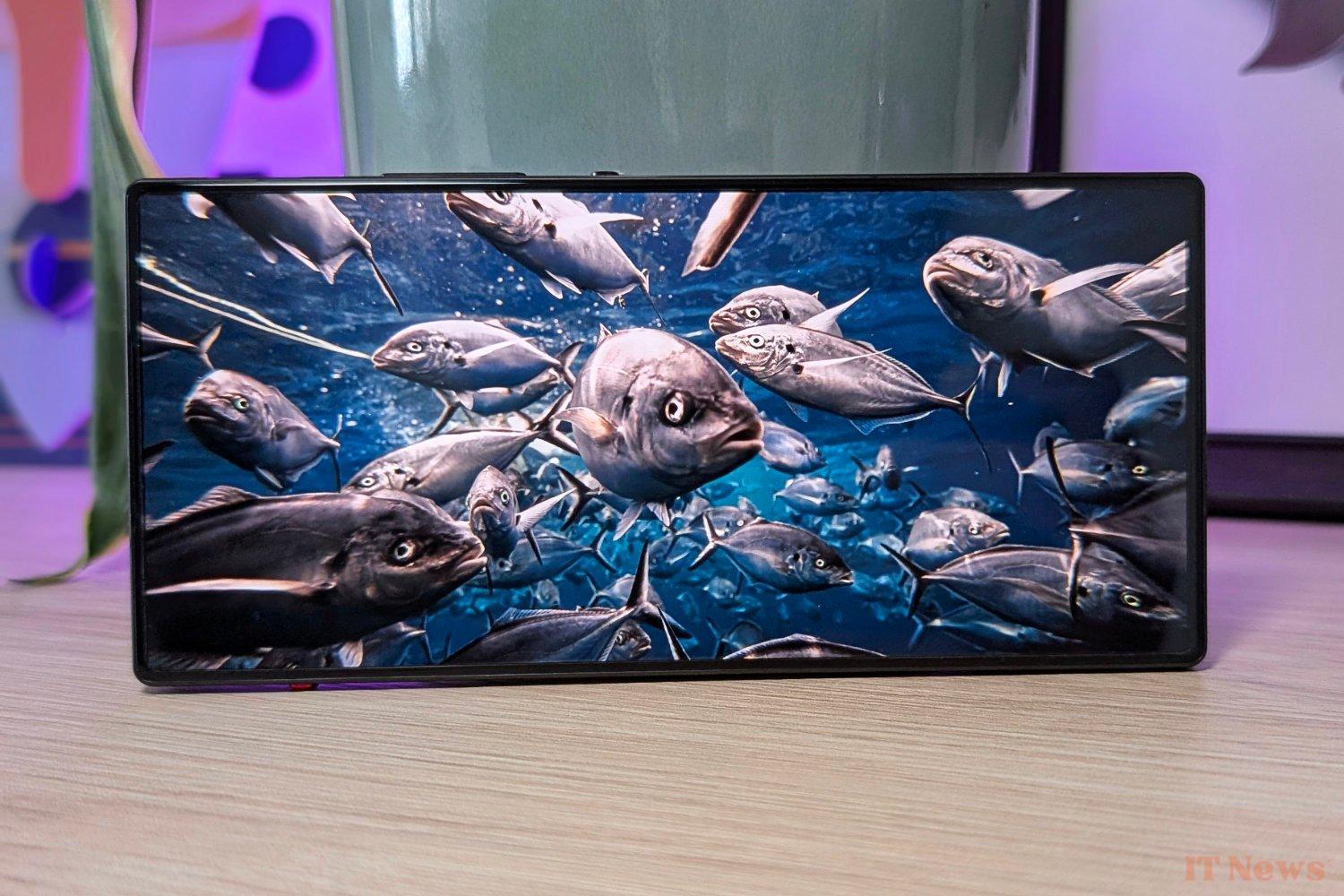
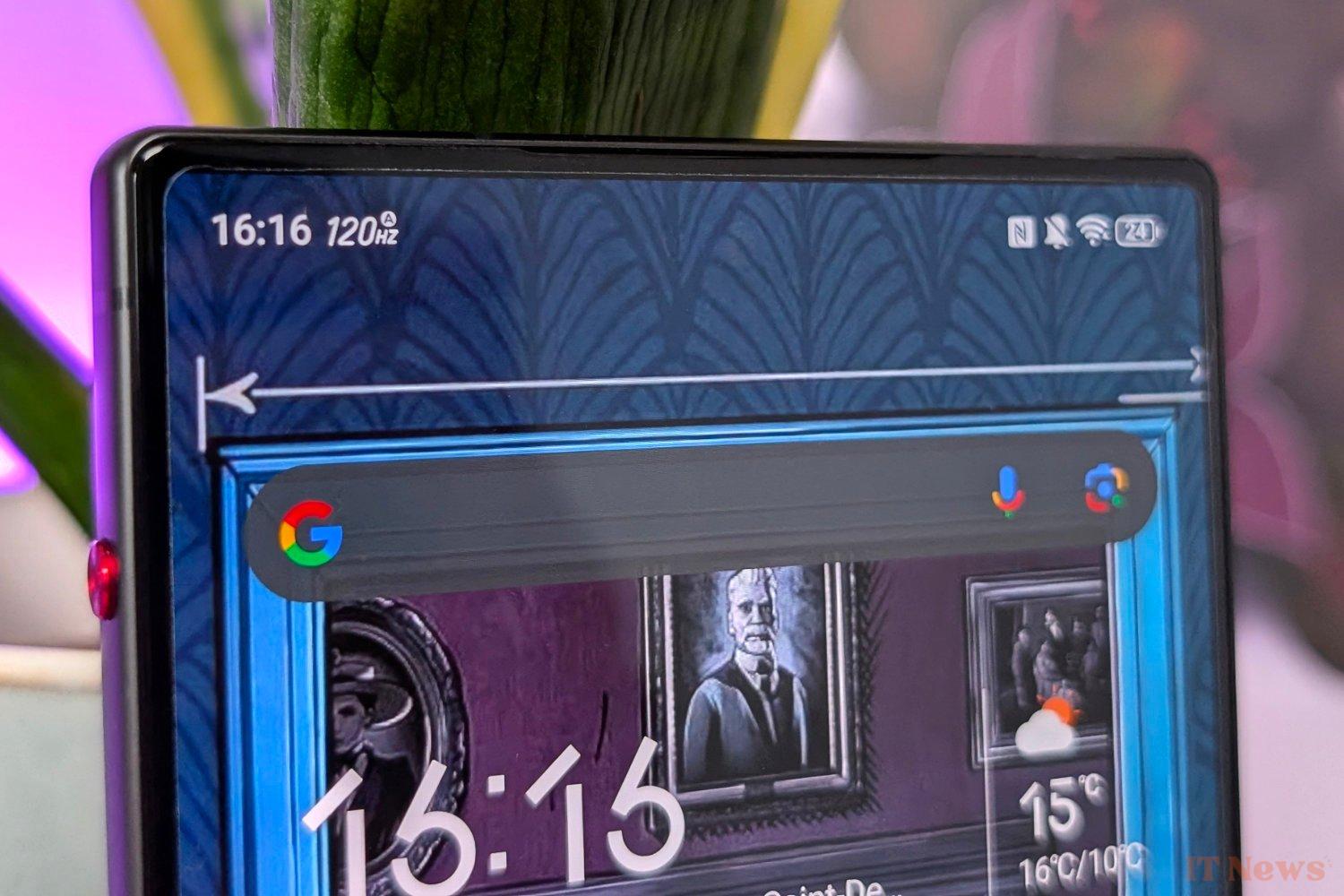
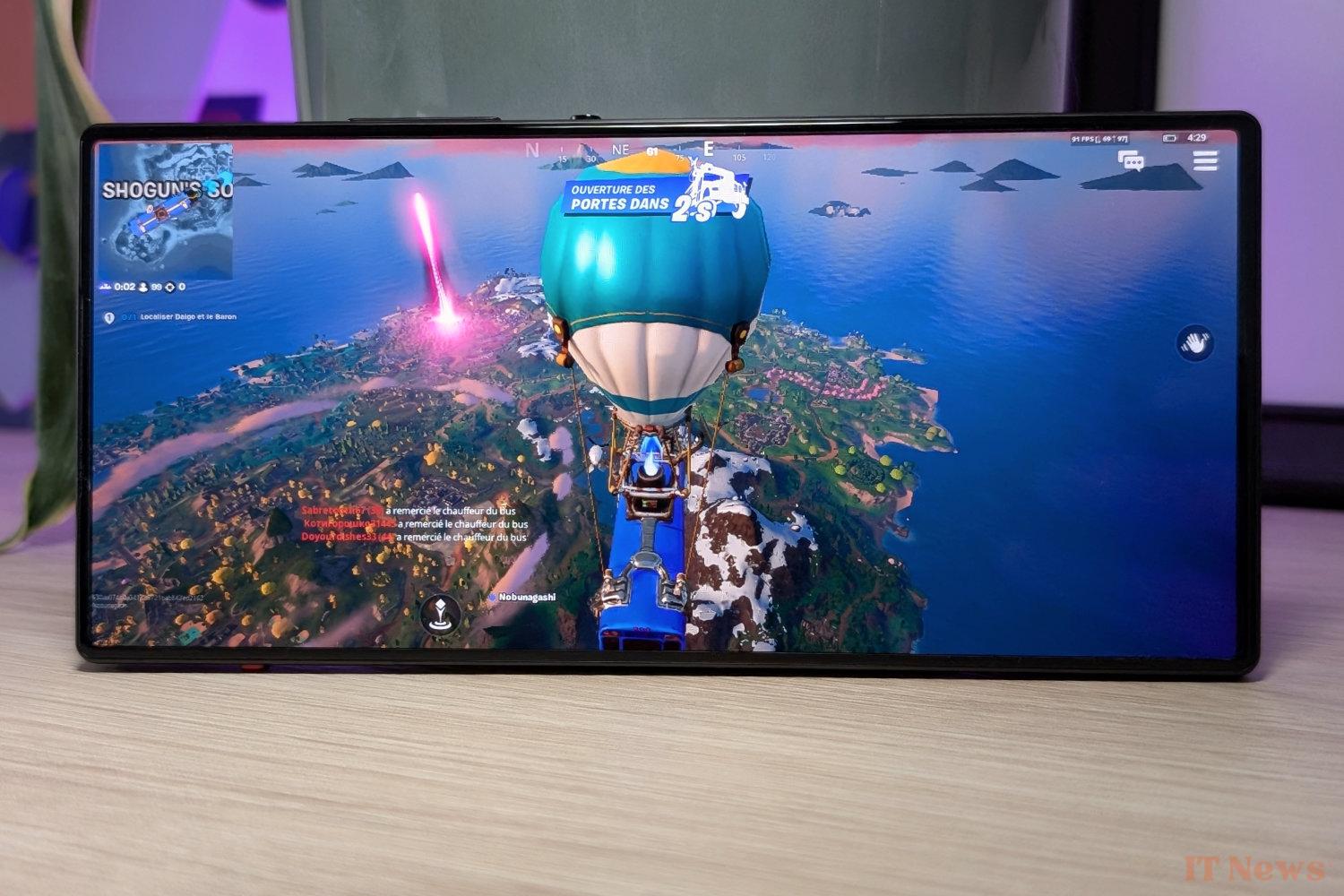
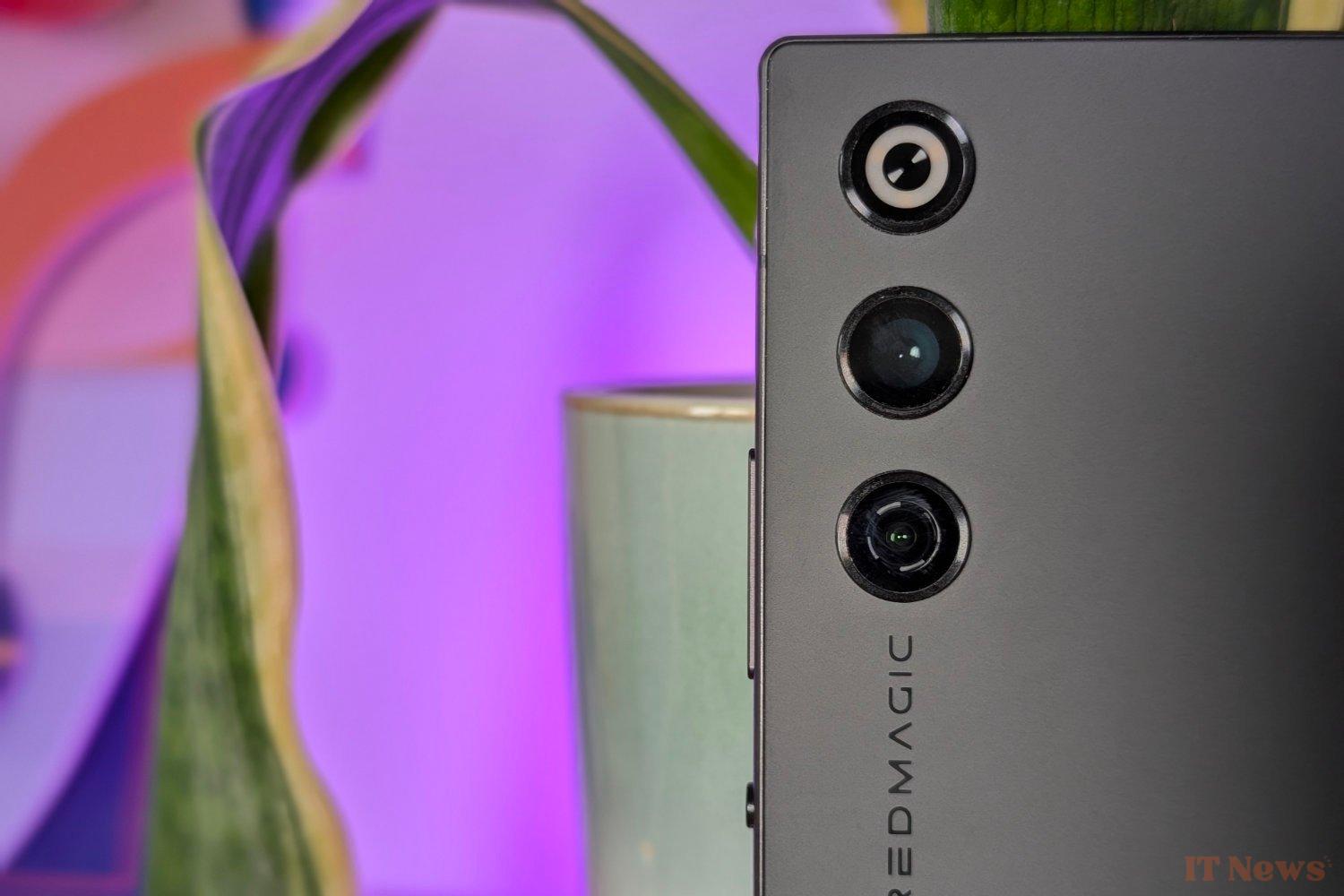

0 Comments